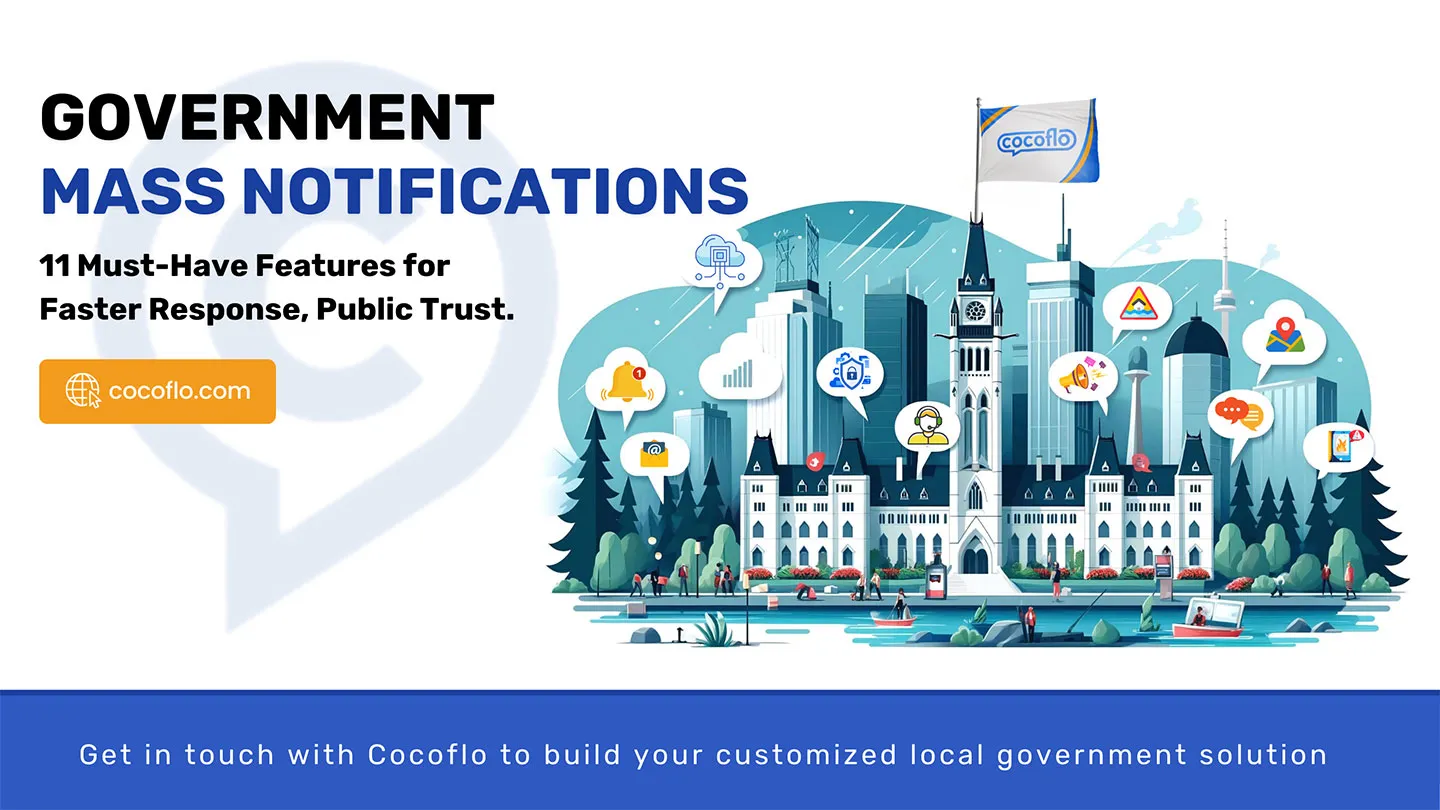
How governments can boost civic engagement through technology in 2023
The private sector has been exceptional at adopting technology to deliver services online, resulting in an enhanced and more efficient customer experience. People have grown very accustomed to using digital tools for everyday tasks like banking, online shopping, and video calls, amongst a host of other functionalities. The vast majority of the population expects that technology will be available in many facets of their everyday lives, including their interactions with the public sector. By embracing innovation and digital transformation, governments can easily boost civic engagement and participation through technology. This in turn leads to a better citizen experience for the entire community.
5 ways to boost civic engagement through technology:
1. Implement virtual city hall meetings
Many cities quickly adopted virtual or hybrid council meetings in recent years due to lockdowns and social distancing measures. They became the norm, with video conferencing methods allowing the wheels of government to keep turning but also giving many people the opportunity to attend city council meetings regardless of their location and schedule.
Municipalities are now expected to go one step further than just uploading meeting agendas or minutes online. Live streams and video conferencing enable governments to remain transparent and responsive to citizens, even if they are not physically able to go down to city hall to interact. This technology allows for citizens to be more involved in the happenings within their communities, as virtual attendance eases barriers often caused by scheduling, transportation, and childcare needs.
2. Deliver government services and process payments online
Adding something to a virtual shopping cart and checking out online is something so common in our society today that it’s often surprising when online payment functionality is not offered for a particular service. Citizens already receive this type of service delivery from the private sector and expect the same from government organizations.
Modern payment systems make it easier for constituents to engage while driving obvious efficiencies such as collecting money faster (for the municipality) and automatic monthly billing (for the citizen). In addition, a seamless digital government experience can also help to improve citizen trust. The pandemic accelerated the need for governments to deliver a positive digital experience and these types of online interactions will continue to play a crucial role in boosting citizen engagement for municipalities.
3. Invest in mobile-friendly solutions
Not everyone will have a computer at home but a majority of citizens in North America do carry a smartphone in their pockets. There are also many rural localities that rely heavily on mobile networks for their internet provision. Mobile devices account for approximately half of web traffic worldwide. In the second quarter of 2022, mobile devices (excluding tablets) generated 58.99% of global website traffic. Between 2016 and 2021, mobile users added 230 billion apps to their devices!
Delivering government services through a mobile app allows municipalities to increase civic engagement by meeting the needs of their citizens, wherever they might be. But it is essential to prevent your constituents from drowning in a sea of applications, often called “app sprawl”. Governments are complicated, with many different departments, which often leads to a large number of citizen-facing apps being created to serve different purposes. This is often confusing for a constituent, who has to know and understand the municipality’s organizational structure to interact easily. Consider creating a single municipal app that can integrate all the different departments to make the citizen experience easily adoptable and thus more satisfying.
4. Enable people to connect easily with local groups and activities
Governments can play an important role in fostering community connections. Make it simple for your citizens to find other people in the area with similar interests. The ability to easily find these interactions can be particularly meaningful for marginalized populations such as new migrants with language barriers.
A population that is actively engaged creates a community that provides value to all citizens. Consider using technology to implement an online system where people can register for meet-ups, classes or recreational activities with others in the area. An opt-in alerts system notifying citizens of interesting events in the region can also boost levels of civic engagement.
5. Accommodate technology trends in older generations
A one-size-fits-all approach to technology can limit a government’s capacity to engage with multiple generations within its constituency. It’s important for municipalities to think about the different age groups in the population and recognize that different generations prefer to adopt technology in different ways.
For example, a 2021 survey by Pew Research Centre found that tablet device ownership and usage in the general US population has steadily declined since 2018. However, people who are 65 and older increased their usage, rising from 38% to 44% within the same time period. This may indicate that tablet devices are quickly becoming a piece of tech that senior citizens tend to prefer using for a wide range of reasons. This trend in device usage is an excellent opportunity for governments to increase engagement with their older population. By optimizing e-services to be tablet-friendly, this would minimize barriers to entry for older citizens and allow them to interact with the municipality in the way they feel most comfortable.
Technology is a fantastic enabler for making government interactions easier and more efficient. But above all else, technology is capable of enriching the lives of citizens like never before. Governments can harness the power of technology to improve their service delivery, increase citizen engagement, and respond to the constantly evolving needs of their citizens.



